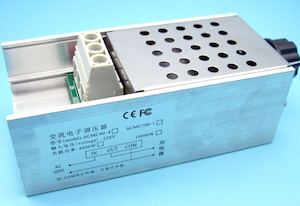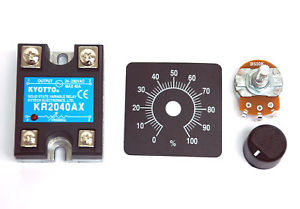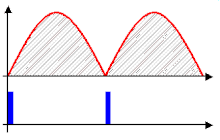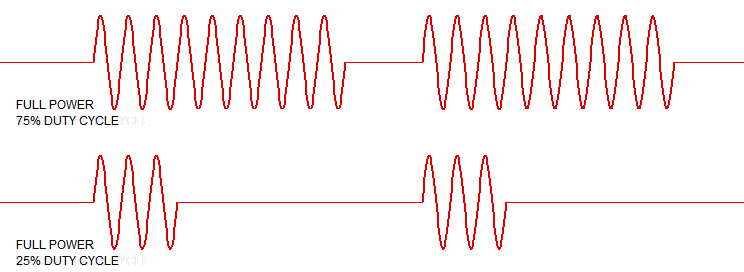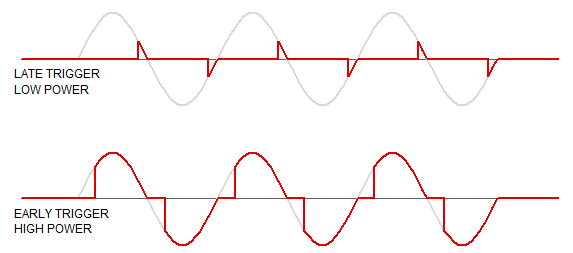Solid State Variable Relay is basically an adjustable SCR that limits the AC waveform to deliver less than peak power. It's the functional modern solution to that VARIAC (speaking of fancy acronyms).
A lot of the discussion about need vs want vs overkill comes down to perceived effort and cost matched up against utility. I doubt anyone would brew on an EZboil based controller and later determine that it's a waste of technology and makes brewing harder or less enjoyable. It's like a manual power knob with the added (and optional mind you) temp control and digital temperature readout. It's been mentioned before, but it's a minimal increment cost over the most rudimentary power control devices.
If it matter at all, I don't sell controllers yet so I have no financial gain in promoting any of this stuff.
I am sure that an EZBoil setup would cost a small fraction of the cost of a 240VAC 50A Variac (and weigh only a tiny fraction as much). I use Variacs all the time when servicing and restoring vintage radio gear - but only because PWM isn't compatible with power transformers. I wouldn't use them if there were an economical modern equivalent that would work.
Last edited:


